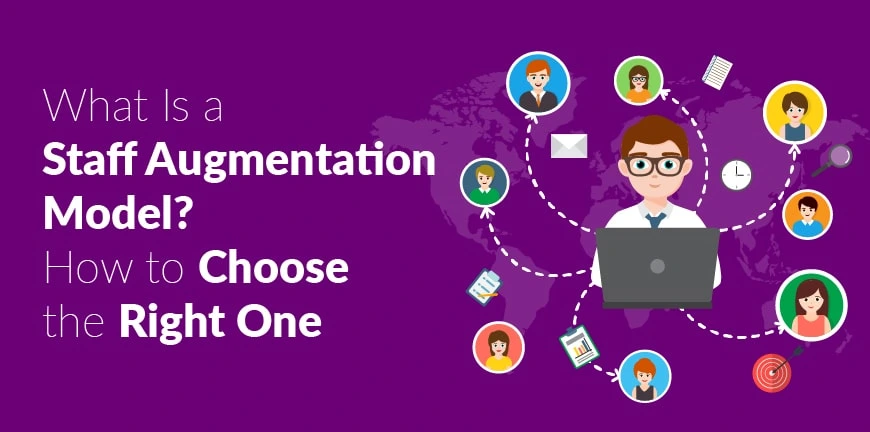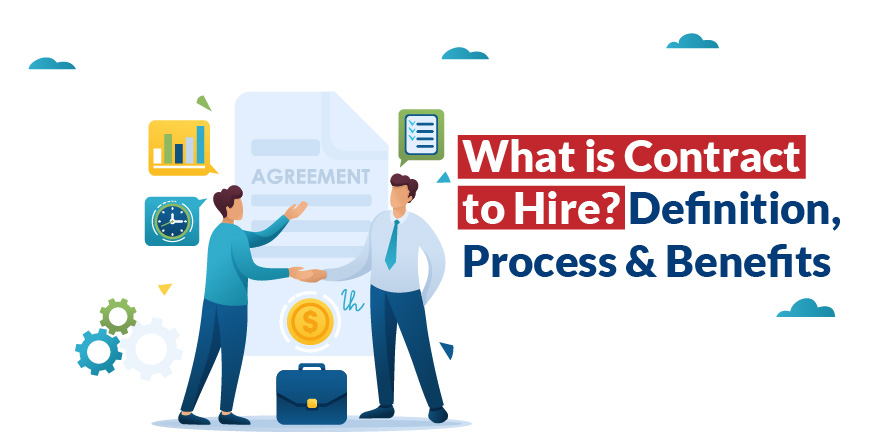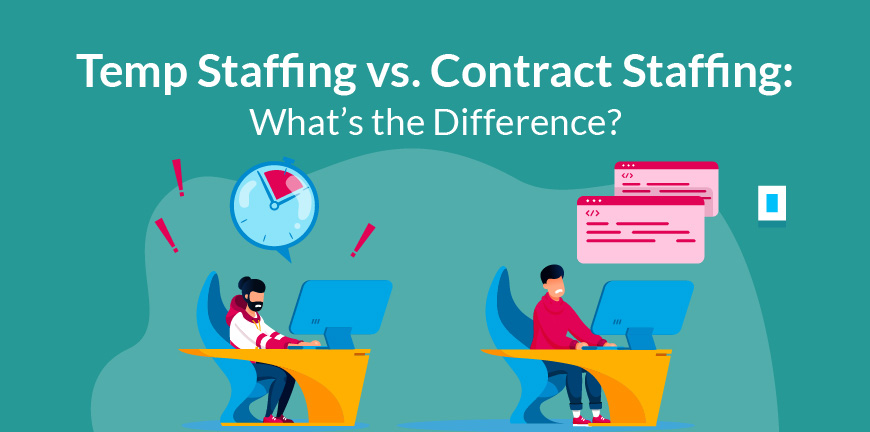
What is HRMS? Meaning, Definition, Objectives, Functions
11/12/2024
New Employee Onboarding Checklist in 2025
13/12/2024Global IT market size has grown by leaps and bounds in the past year, and it is not stopping anytime now. The global IT services market size in 2023 was at USD 1,358.86 billion. The market is projected to grow from USD 1,485.24 billion in 2024 to USD 3,035.20 billion by 2032, at a CAGR of 9.3% during the forecast period.
What Is a Staff Augmentation Model?
Staff augmentation is the process of adding a contract or a remote employee to your team to satisfy a specific project need in as little time as possible. A staff augmentation model is a method of staff augmentation that is implemented to satisfy a certain purpose in hiring and dependent on the requirements of the staffing team.
What Are the Key Benefits of Staff Augmentation?
1. Flexibility
Staff augmentation ensures that you get both full-time as well as remote employees on the team, which allows you to distribute the responsibilities and time effectively.
2. Scalability
Staff augmentation is a scalable strategy that allows your company to meet future work needs with the help of a few experts with niche skills that are specific to the project.
3. Access to Specific Skills
Staff augmentation allows you to access specific skills that are difficult to find in employees with less experience levels or those who haven’t worked in a specific development environment.
4. Planned Hiring
With staff augmentation agencies, you can plan your hiring for the future. You can decide if you hire a particular resource, how much less or more you can spend in the future and what the constraints in hiring will be.
5. Faster Hiring
Staff augmentation agencies generally have a robust and dependable talent pipeline, which means that you can hire employees a lot faster than usual and reduce the time to hire.
6. Better Cost Management
Cost management in staffing is also a lot easier with staff augmentation, as you have a clear plan for the budget and future requirements, as mentioned earlier.
7. Lower risk as compared to full outsourcing
Staff augmentation is less risky than full outsourcing as you do not relinquish control over the project entirely. In staff augmentation, you have complete control over the team and can add or modify the team the way you want to, including roles and responsibilities.
What Is the Process for Implementing Staff Augmentation?
Staff Augmentation involves outsourcing the hiring process to a third-party staffing agency. The staffing agency then sources, assesses, and hires experienced, skilled professionals to work in your organization on-site or remotely with your existing team as per requirements. The staff augmentation process typically involves the following steps-
- The client organization must identify the number of staff they need, skills required and the project timelines.
- Once the needs are established, the search for a reputable staffing agency begins. It helps if they also manage payroll and compliance.
- Your chosen staffing agency will then understand your staffing requirements and provide you with a list of candidates that match your requirements post the process of attracting, sourcing, and assessing the candidates.
- You can interview the shortlisted candidates and choose the one that is the best fit for your needs.
- Once you are onboard them, you can start by giving them a brief on your expectations from them and their role in the project as well as provide them with the resources they require for the task.
- In the final step, you evaluate the performance of the staff augmented by the staffing agency and provide them with feedback that can help improve their staff augmentation services.
What are the 8 Types of Staff Augmentation Models?
1. Commodity
This type of staff augmentation helps fill roles that need manual labor, such as factory, retail shops, waste management etc.
2. Skill-based
In this type of staff augmentation, you hire people with basic skills such as copywriting, data entry management or others.
3. Highly skilled
This involves hiring highly skilled workers for roles in IT, networking or software development.
4. Remote
This type of staff augmentation involves hiring an employee through a third party, generally from remote locations for the IT sector.
5. Agile
In agile staff augmentation, you hire different team members from various parts of the world to form an agile team.
6. Offshore
In offshore staff augmentation, experts are hired from different countries of the world to form a team.
7. Onshore
Experts are hired from the same country to form a team and complete the project before the deadline.
8. Dedicated
In this type of staff augmentation, the employees hired are dedicated members hired especially for the project and devote their time entirely to it.
How to Choose the Right Staff Augmentation Model?
When trying to pick the right staff augmentation model, here are the things you need to look for, so that your business performs at its best level.
1. Project requirements
Map the requirements in a project to specific skills that can help solve the issues you might face. This way you have a list of skills you can refer to for clarity.
2. Budget
Decide on how much you can afford to spend on the process of staff augmentation. It must never exceed the budget the client has initially promised to allocate towards it.
3. Timeline
Decide how long the project will last and within what duration you need to find a solution.
4. Communication preferences
Decide on how you will be communicating with your augmented staff. If the communication skills of your team are limited, you might opt for onshore staffing.
5. Level of control
What is the level of control you want over your newly augmented team? And how do you hope to maintain it?
6. Security
What commitment to data security and privacy does your current vendor have, and would they be okay with remote staff augmentation?
7. Partner record
Before you pick a staff augmentation service, you must pick the right provider. How is your staff augmentation partner’s past success? Can you entrust them with the details of your employees and a project that requires specialized skills?
Frequently Asked Questions
1. What is staff augmentation?
Hiring temporary or on-contract workers to supplement an existing workforce is called staff augmentation. It is generally used in IT where there are fluctuating demands introduced by unexpected roadblocks in a project.
2. What is the primary purpose of staff augmentation?
The main purpose of staff augmentation is to overcome skill gaps and ensure that the project is completed on time. This is why staff augmentation generally involves remote workers, as it may be difficult to find an expert in the same geography.
3. What are the different types of staff augmentation models?
The different types of staff augmentation models have been listed before. They are offshore, onshore, highly skilled, agile etc. and vary based on the kind of hire, the location and the capabilities of the hire.
4. How does staff augmentation differ from traditional hiring?
Staff augmentation differs from traditional hiring in the sense that in traditional hiring you onboard a full-time employee for a project need no matter it is short-term or long-term whereas in staff augmentation you hire a remote worker to supplement the team temporarily without offering any employee benefits.
5. What industries benefit the most from staff augmentation?
Staff augmentation works best for the IT industry. This is the reason why staff augmentation is also referred to as IT staff augmentation. Using staff augmentation, you can quickly hire employees on-contract or remote for a specific project need or needs and nothing more.
Contact Us For Business Enquiry

Kasthuri R
Kasthuri R is the Co-Founder & Executive Director at ALP Consulting, bringing over 23 years of experience in search, staffing, and HR consulting. She has been instrumental in driving ALP’s recruitment, employee leasing, and executive search practices across diverse industry verticals. With deep expertise in talent acquisition, HR strategy, and operational management, Kasthuri has built scalable, client-focused solutions that enhance workforce efficiency. Her strategic leadership continues to steer ALP Consulting toward innovation and excellence in people management.




